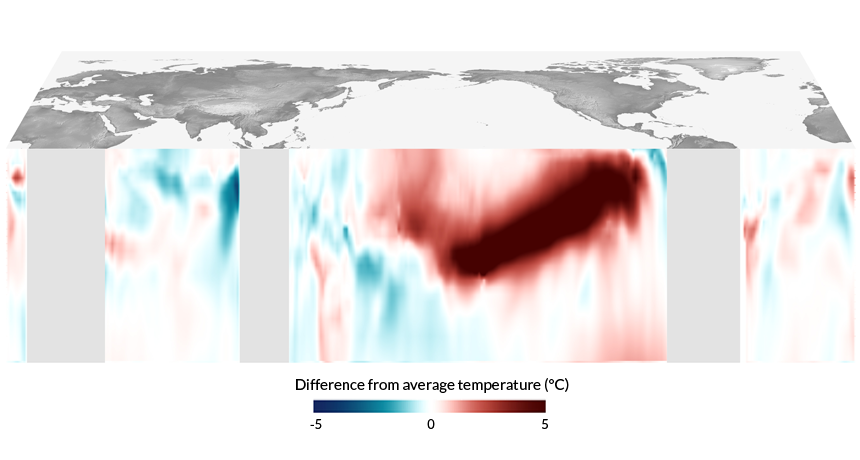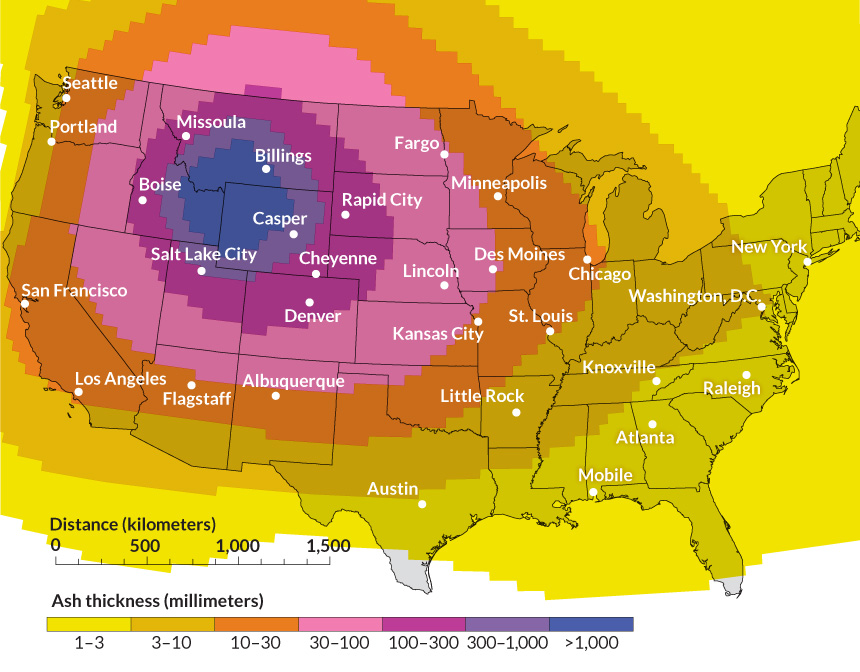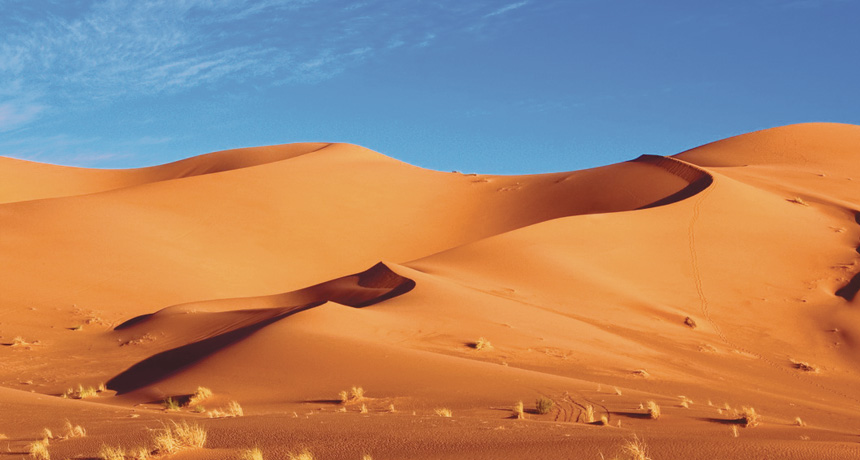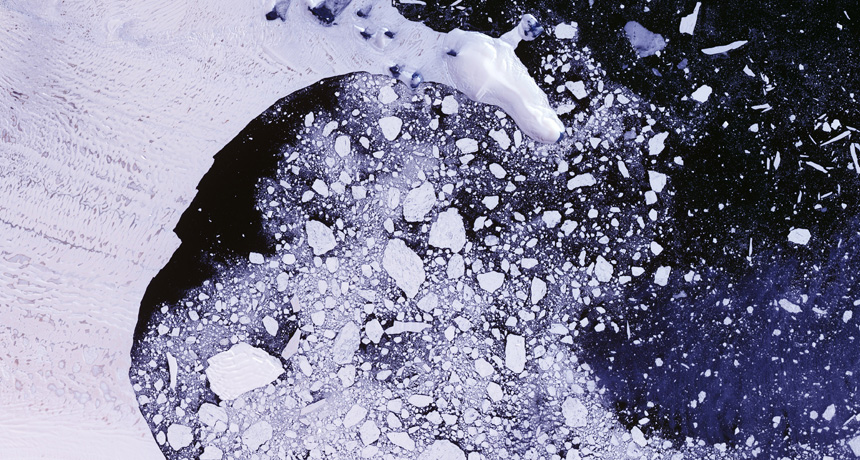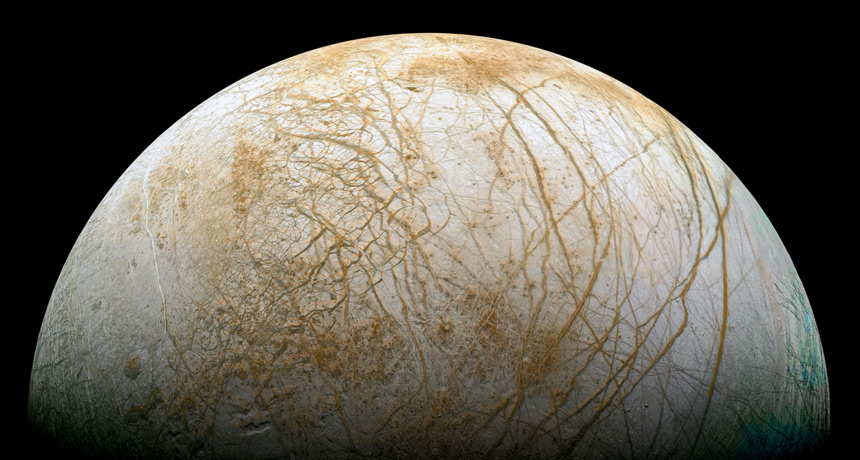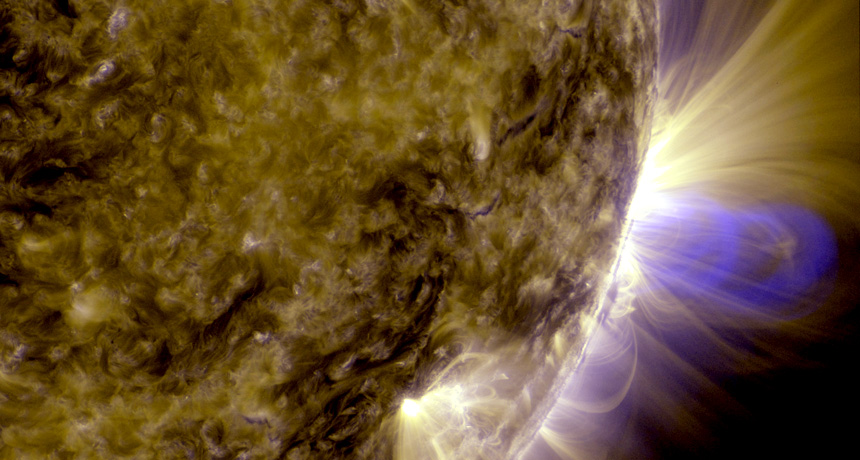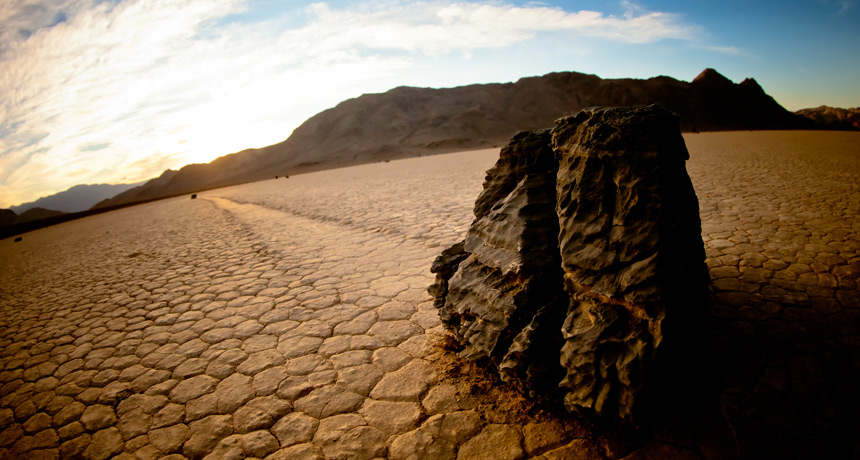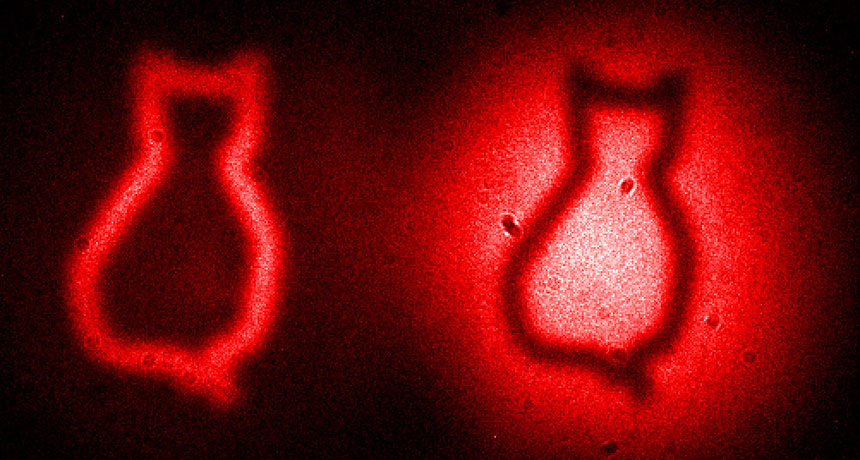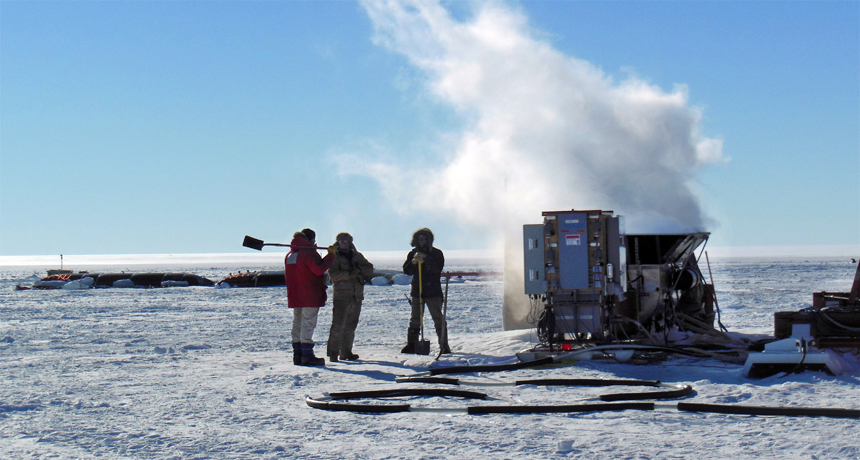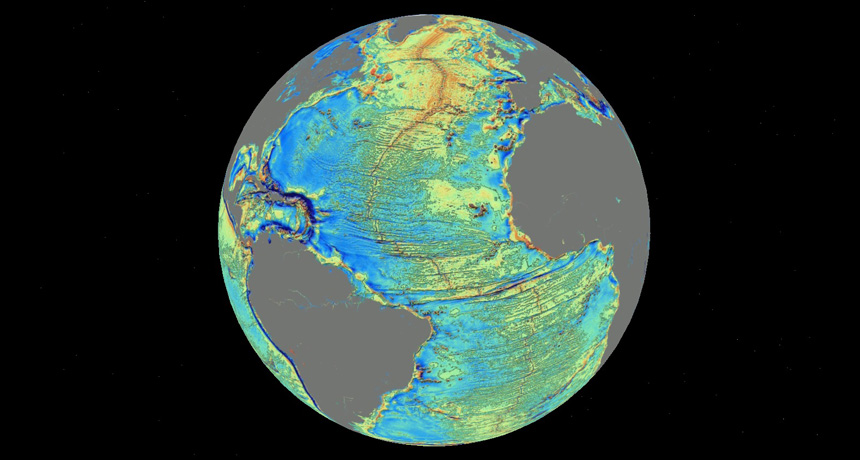
Satellites expose mysteries of the deep ocean
Science News, October 2014A new comprehensive map of Earth’s seafloor reveals never-before-seen features hidden deep below the waves, including thousands of uncharted underwater mountains. The map, presented in the Oct. 3 Science, is the most accurate global seafloor map ever made and could provide new clues to how Earth’s surface got its shape.
